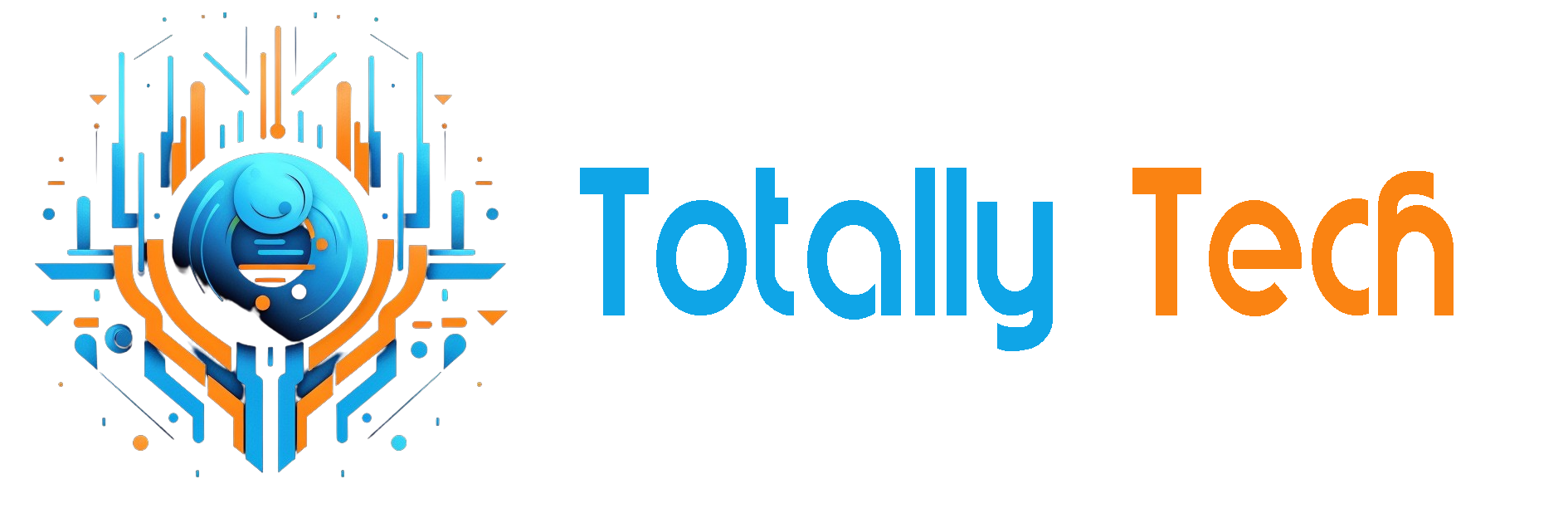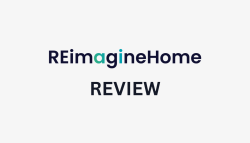
Today’s hospitals and health systems are plagued by a conundrum: providers have too much data, but not enough data insights.
Healthcare providers and administrative staff are often burdened by the sheer amount of information they must manage. A 2022 survey of 3,000 practicing nurses and doctors found that 69% were overwhelmed by the volume of patient data. However, an estimated 97% of this data goes unused due to difficulties with extraction and contextualization. Despite the potential for improved diagnosis and treatment, these obstacles, along with clinicians’ limited time, create barriers to efficient utilization.
With continued innovation in the industry, more organizations are implementing advanced technological solutions to address this ongoing challenge. Today, some hospitals and health systems are leveraging AI to augment patient safety event analysis by streamlining incident reporting and automating data extraction. This automation is just one example of how providers are maximizing patient data to enhance care quality, turning previously overlooked information into actionable insights.
Beyond this example, AI technology is also being increasingly applied to remote patient monitoring (RPM) tools and wearables. It enables quick processing and integration of data emitted from these devices that, in the past, was often underutilized due to a lack of context and difficulty incorporating it into the care workflow. Looking forward, AI in healthcare has the potential to unify and interpret data across care settings to unlock deeper insights and enable preventative patient care.
The Problem with Disjointed Care Settings
Everyone who has seen a new provider is familiar with the tedious process of having to relay their medical history all over again. Lack of data sharing between care settings can have a significant impact on care quality. It can lead to delays, disruption in care and increased chances of misdiagnosis and medication errors. These issues also pile on to providers’ administrative burden and can negatively impact how the hospital or health system performs.
According to the American College of Physicians, effective data sharing is one of four key principles to improving care coordination and reducing error. Decreasing system limitations to share patient data in a timely and actionable manner allows healthcare providers to build a comprehensive and proactive care plan that improves health outcomes. Prioritizing interoperability between care settings is key to enhancing workforce efficiency and providing quality care.
Enhancing the Role of Remote Monitoring Tools
When patients have vitals taken at an appointment, the provider is only getting a small glimpse into the larger picture. They capture this information in one moment versus monitoring over time. Metrics like heart rate, blood oxygen saturation or blood pressure could be higher or lower than normal at the time it’s taken. Without knowledge of how these metrics change throughout the day, it’s difficult for a provider to contextualize the readings. But what if doctors could access at-home vitals through data collected from wearable devices like a fitness tracker or remote monitoring device? What if that data could be automatically uploaded and mapped to a patient data record and analyzed with the help of AI?
As at-home care programs and RPM usage become more common, AI has the potential to assist with the connection and interpretation of data from non-acute and acute care settings, providing insights into key trends. By continuously analyzing and integrating data from multiple sources, AI can detect and alert clinicians to critical updates in a patient’s condition. This provides timely perspective that – when paired with interoperability and open data exchange – can ensure alerts reach the right person for swift and informed action.
The implications of this technology are far-reaching, with the potential to impact every area of our lives and completely alter the way patient care is managed. This continuous, AI-supported data exchange could not only minimize administrative burden but also foster a more proactive approach to care designed to anticipate patient needs and treatments before conditions worsen.
Moving From Reactive to Preventative Care
As AI tools and their use cases in healthcare continue to expand, hospitals and health systems will need to explore the value of making strategic decisions to implement promising solutions that will reduce administrative burden while also making a meaningful and positive impact on patient care.
Many RPM and AI tools are still in the early stages of development and research continues to investigate the outcomes of implementation. There’s a long road ahead before leveraging AI to connect data across care settings becomes a full reality for the healthcare industry. However, the future looks promising. AI has the potential to facilitate the shift for all providers to transform care delivery from reactive to a preventative and proactive approach. By converging patient data from across care settings, AI could make it easier for providers to treat the whole person rather than the symptom, ultimately enabling safer care for all.
The post The Future of AI in Healthcare: Connecting Patient Data Across Care Settings to Improve Preventative Care appeared first on Unite.AI.



